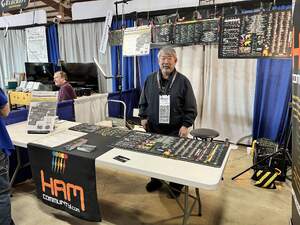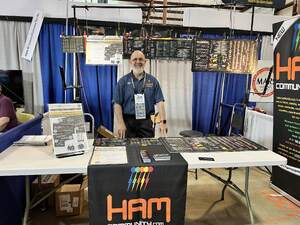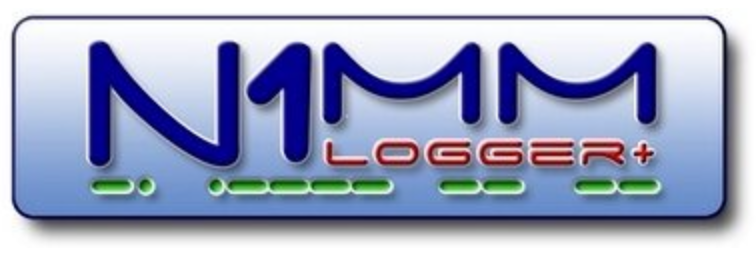N1MM, as we all know, is well-regarded by many amateur radio operators for its extensive features, ease of use, and frequent updates. It is particularly popular among contesters and DXers. The software is free to use, which is another reason for its wide adoption.
Some of the positive aspects people appreciate about N1MM Logger include:
1. Extensive feature set: N1MM Logger supports a wide range of contest types and radio protocols. It provides an array of tools and functions for logging, tracking, and analyzing contacts.
2. Customization: The software is highly customizable, allowing users to tailor it to their needs and preferences.
3. Active development and support: The developers are active in the community, providing regular updates and addressing user feedback. The user community is also a valuable resource for support and advice.
4. Integration with other software: N1MM Logger can integrate with various other applications and services, such as CW skimmers, digital mode software, and online log submission platforms.
However, some operators may find the software challenging to set up and configure, especially if they are new to amateur radio or contest logging. Additionally, since it is a Windows-based application, users who prefer other operating systems might have to use emulation software or search for alternative logging applications.
Overall, N1MM Logger is widely considered a powerful and reliable logging application for amateur radio operators, though its ease of use and compatibility may vary depending on the user's experience and preferences.
Currently, my field day team uses it, though I have used others in the past.
What about you all, what are your thoughts on N1MM?









until